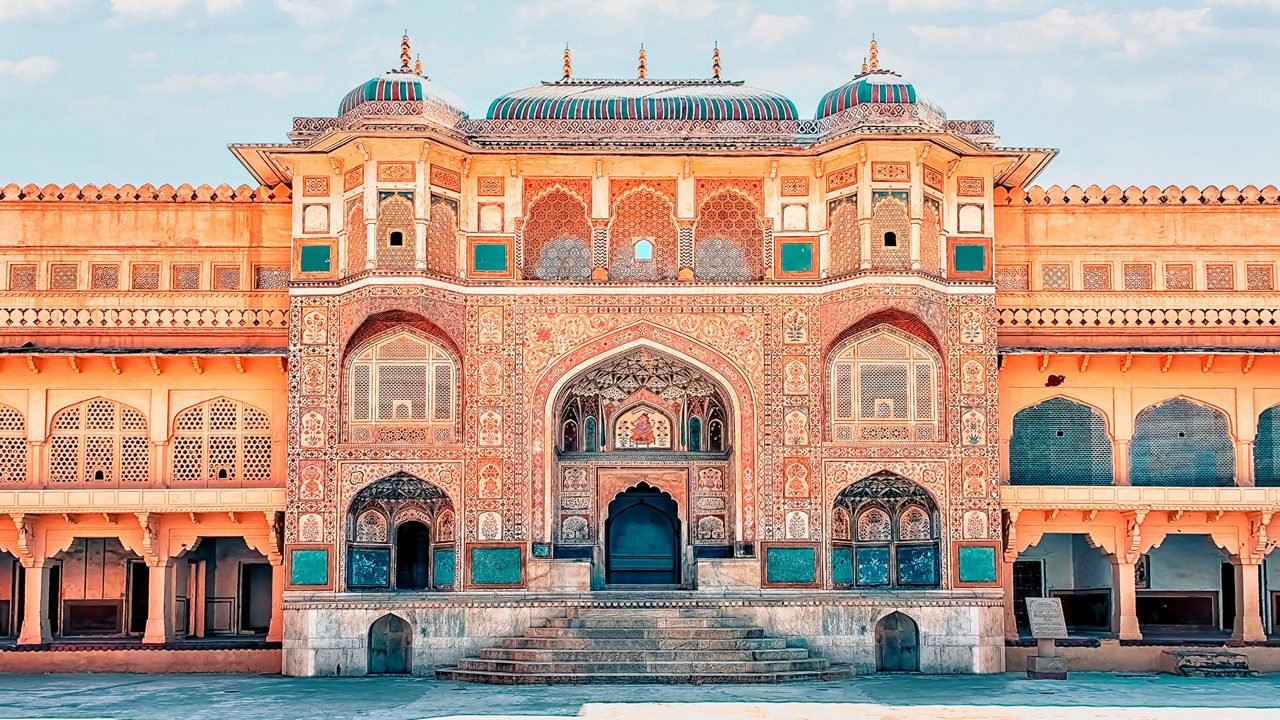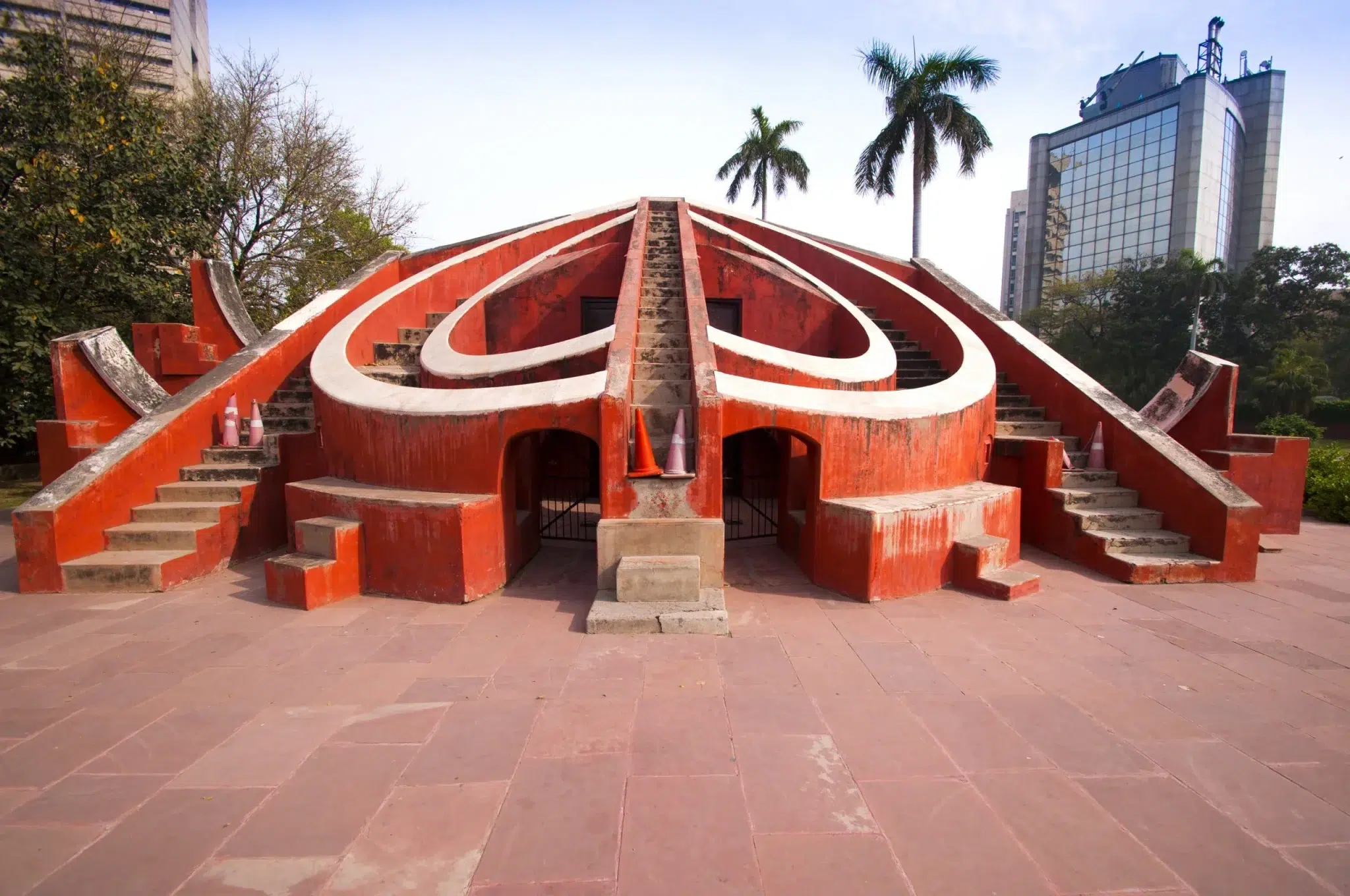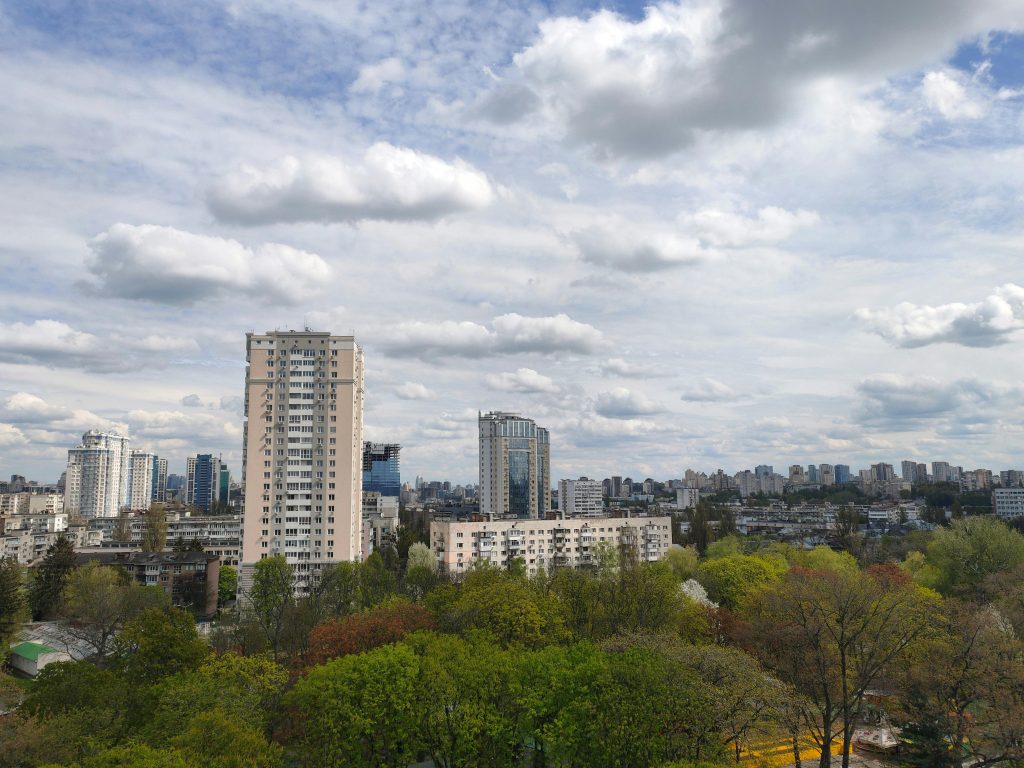Jaipur, the capital of Rajasthan, is a city that perfectly marries its royal past with the vibrancy of the present. Known as the “Pink City” due to the distinct color of its buildings, Jaipur is a cultural and architectural gem that has long been the heart of Rajasthan tourism. With its majestic palaces, sprawling forts, and intricately designed temples, Jaipur offers a captivating glimpse into the royal heritage of Rajasthan. In this article, we take a journey through the royal past of this extraordinary city and explore the monuments and experiences that make Jaipur a must-visit destination for anyone interested in Rajasthan tourism.
The Foundation of Jaipur
Founded in 1727 by Maharaja Jai Singh II, Jaipur was meticulously planned and designed to be a modern city of its time. The ruler, a visionary and skilled astronomer, ensured that Jaipur adhered to a unique layout that combined both Vastu Shastra (traditional Hindu architecture) and Shilpa Shastra (principles of traditional Indian sculpture and design). Jaipur was the first planned city in India, and its design reflects the blend of Indian and Mughal architecture. The city is also famous for its pink-hued walls, which were painted in honor of the visit of the Prince of Wales in 1876.
Amber Fort: A Monument of Royal Grandeur

No exploration of Jaipur’s royal heritage would be complete without a visit to the Amber Fort, one of the most iconic forts in Rajasthan. Located just outside the city on a hilltop, Amber Fort was the residence of Rajput Maharajas for several centuries. The fort’s majestic architecture blends Hindu and Mughal styles, with its intricate carvings, delicate mirror work, and vast courtyards creating an aura of grandeur. The Sheesh Mahal (Mirror Palace) within the fort is particularly famous for its dazzling beauty, where thousands of mirrors reflect light, creating an illusion of a starry night.
Visitors can explore the fort on an elephant ride, just as the royal family did during the olden days, or climb the steep path leading to the fort entrance for a more adventurous experience. The Amber Fort is not just a monument but an embodiment of Rajasthan’s royal history, a testament to the opulence and power of the rulers of Jaipur.
City Palace: The Seat of Royalty
Another crown jewel in Jaipur’s royal heritage is the City Palace, located in the heart of the Pink City. This architectural masterpiece was built by Maharaja Sawai Jai Singh II and is a harmonious blend of Mughal and Rajput styles. The palace complex includes several courtyards, gardens, and museums, showcasing a vast collection of royal artifacts, costumes, and miniature paintings. The most notable part of the City Palace is the Chandra Mahal, which is still the residence of the royal family of Jaipur.
The City Palace also houses the Maharaja Sawai Man Singh II Museum, where visitors can see an impressive collection of art, weapons, and royal memorabilia that provide insights into the life and times of the Rajput kings. The palace is an excellent place to learn more about the cultural richness of Jaipur and its rulers, offering a window into the opulent lifestyle of Rajasthan’s royalty.
Hawa Mahal: The Palace of Winds
One of the most recognizable landmarks in Jaipur is the Hawa Mahal, or the Palace of Winds. Built in 1799 by Maharaja Sawai Pratap Singh, this five-story palace is known for its stunning façade, which is adorned with 953 small windows (jharokhas) designed to allow cool air to flow through the palace, hence the name “Hawa Mahal.” The palace was originally constructed for the royal ladies to observe daily life in the street below without being seen.
The Hawa Mahal is an excellent example of Rajput architecture, with its honeycomb-like structure and intricate latticework. Visitors can climb to the upper floors to get a panoramic view of the Pink City and enjoy the cool breeze that the palace is famous for.
Jantar Mantar: An Astronomical Marvel

Jaipur is also home to one of the most important astronomical observatories in the world – Jantar Mantar. Built by Maharaja Jai Singh II, Jantar Mantar is an observatory that houses a series of astronomical instruments used to measure time, track celestial bodies, and predict eclipses. This UNESCO World Heritage site features the world’s largest stone sundial, along with several other instruments that are still used by astronomers today.
Jantar Mantar offers a fascinating glimpse into the scientific achievements of the Rajput rulers and their contributions to astronomy. For anyone interested in Rajasthan tourism, a visit to Jantar Mantar is a must to witness the blend of science, culture, and royal history.
Nahargarh Fort: The Royal Retreat
For a picturesque view of Jaipur, Nahargarh Fort is an essential stop. Built in 1734, this fort was originally designed as a retreat for the royal family. Perched on the Aravalli Hills, the fort offers stunning panoramic views of the entire city. The interiors of the fort are equally impressive, with beautifully decorated rooms that showcase the grandeur of Rajasthan’s royal heritage. Nahargarh Fort also has a lovely café where visitors can relax and enjoy the view while sipping on traditional Rajasthani tea.
The Royal Gardens: Ram Niwas Garden and Central Park
Rajasthan’s royal family took great pride in maintaining lush gardens within their palaces and forts, and two of the most famous royal gardens in Jaipur are Ram Niwas Garden and Central Park. The Ram Niwas Garden, built by Maharaja Sawai Ram Singh, is home to a zoo, museum, and a beautiful fountain. Central Park, a sprawling green space, is perfect for a leisurely stroll and offers an escape from the hustle and bustle of the city.
Conclusion
Jaipur’s royal heritage is an integral part of Rajasthan tourism. The city is a living testament to the grandeur and opulence of the Rajput rulers, and it continues to captivate visitors with its historic monuments, royal palaces, and magnificent forts. Whether it’s the mesmerizing Amber Fort, the resplendent City Palace, or the regal Hawa Mahal, Jaipur offers an unforgettable journey through time, allowing travelers to experience the royal past of Rajasthan in all its glory. For anyone looking to explore the royal heritage of India, Jaipur is undoubtedly a destination that should be at the top of the list.











